Climate Central channel has put the 116 years history of global warming into a just 34-second video. The result is terrifying.
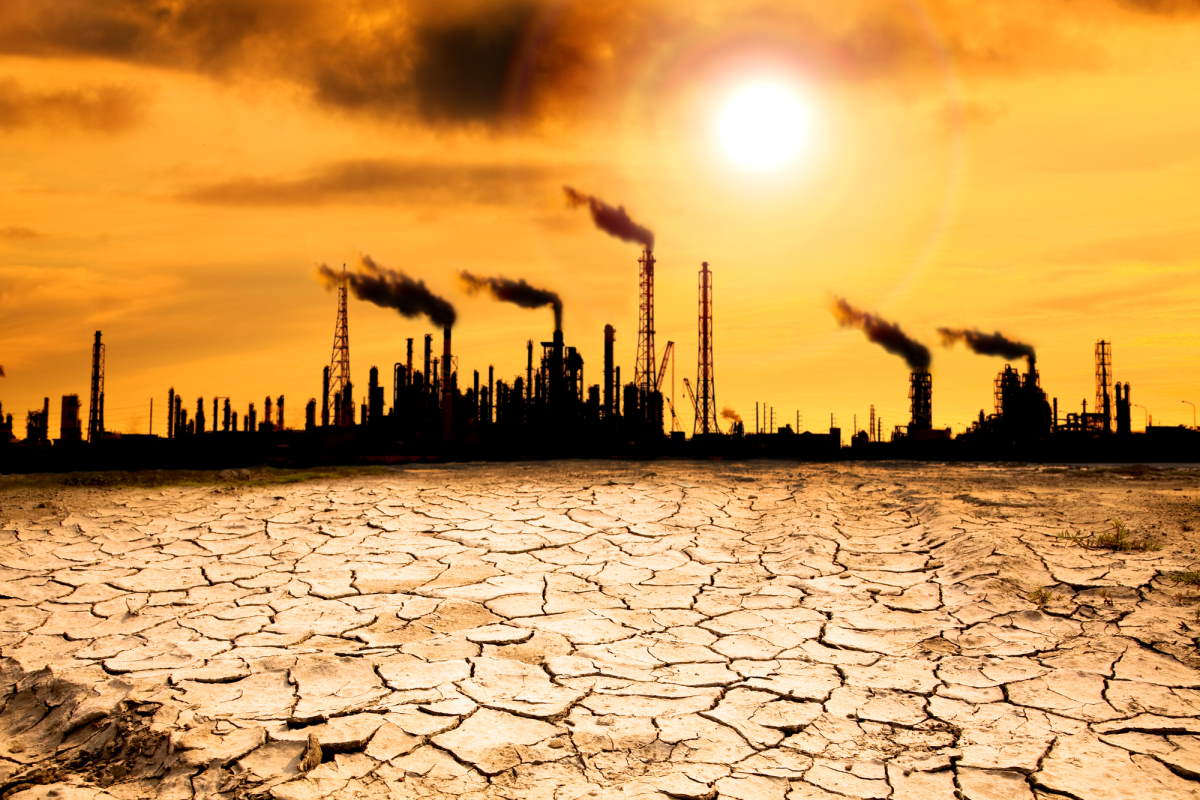

Climate Central channel has put the 116 years history of global warming into a just 34-second video. The result is terrifying.
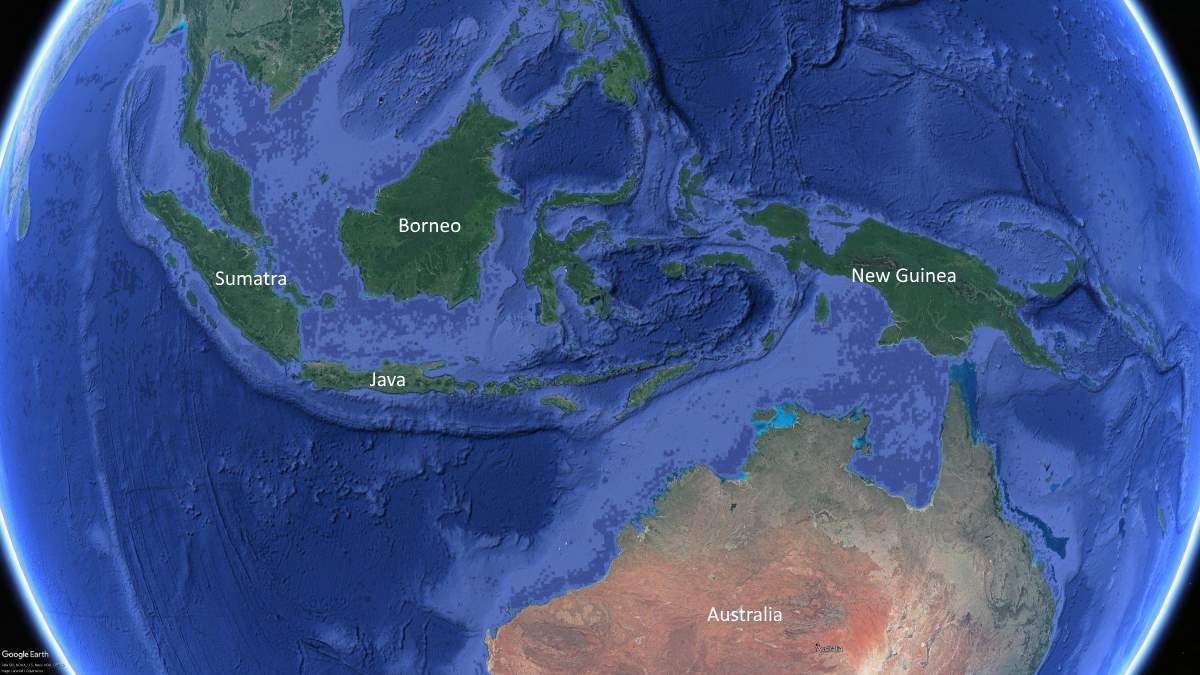
An island or isle is any piece of sub-continental land that is surrounded by water. It is believed that there are over 100,000 islands in the world. It’s difficult to put a figure to the exact number as there are different kinds of them in various water bodies including oceans, seas, lakes, and rivers. There is even an island within a lake that is situated on an island located in a lake on an island. Only 322 of them are larger than 1000 km2 (386 sq mi). Here are the top 18 largest islands on Earth. Why 18? Because this is the number of islands that have a land area of greater than 100,000 square kilometers (38,610 square miles).
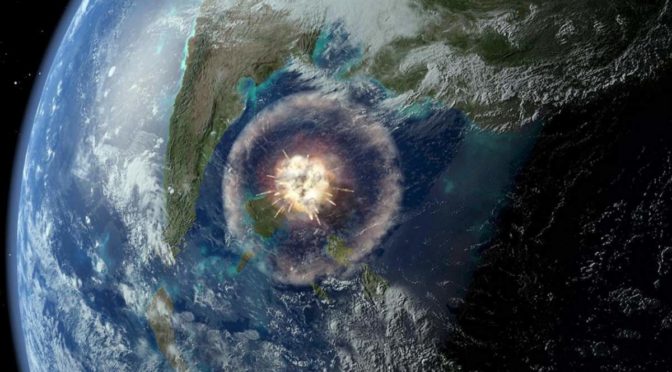
Around 66 million years ago, an asteroid or comet at least 10 kilometers (6 miles) in diameter impacted a few miles from the present-day town of Chicxulub in Mexico (hence it is dubbed as the “Chicxulub impactor”, the “dinosaur-killer”), at around 64,000 kilometers per hour (40,000 mph). The impact has created a crater (Chicxulub crater) more than 180 km (110 miles) in diameter. But, what’s more, the energy of the impact (which is equivalent of about ten billion Hiroshima atom bombs) vaporized the rock which was rich in sulfur compounds, filling the air with a thick cloud of dust, similar to that created by a catastrophic volcanic eruption.

If we limit global warming to 1.5°C rather than 2°C above the pre-industrial levels by the year 2100, the impacts of climate change would be much less dramatic, a new study says. According to the researchers, for vertebrates and plants, the number of species losing more than half their geographic range by 2100 will be halved when warming is limited to 1.5°C, compared with projected losses at 2°C. It would be even better for insects, the most diverse group of animals on Earth: the number is reduced by two-thirds.
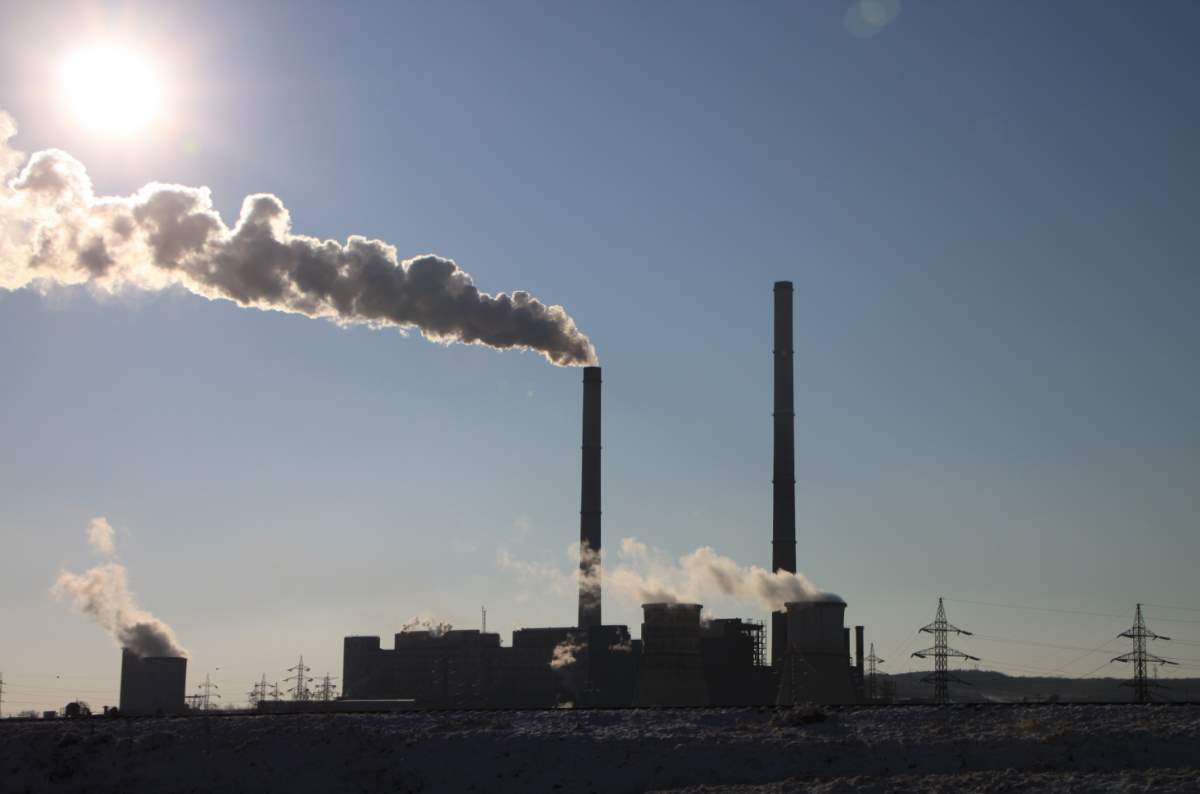
According to measurements from Mauna Loa Observatory in Hawaii, with 410.31 ppm (parts per million), the level of carbon dioxide in Earth’s atmosphere hit a new high in April 2018. This is the highest point for the last 800,000 years.
Last year’s (April 2017) value, 409.00 ppm, was also a record high. As you can see in the graph below, which shows recent monthly mean carbon dioxide measured at Mauna Loa Observatory, Hawaii, it’s a continuing trend.

The future of our carbon dioxide and greenhouse gas emissions will decide how many degrees planet Earth will be warmer by 2100 (relative to pre-industrial temperatures). Using the data from Climate Action Tracker, the online publication that shows how living conditions are changing, Our World In Data has published a chart showing future greenhouse gas emission scenarios and how each scenario would result in estimated global warming by 2100.
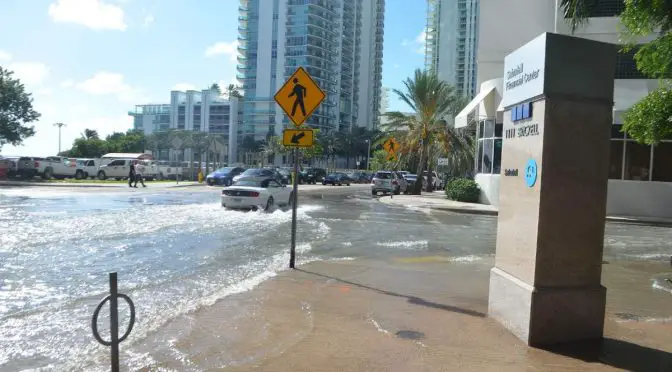
As a result of global warming, the seas warm and ice melts. Naturally, Earth’s oceans have risen steadily – or at least, it was thought so. According to a new study based on 25 years of NASA and European satellite data, rather than increasing steadily, global sea-level rise has been accelerating in recent decades. If this trend continues, by the year 2100, sea-level rise will be around 65 cm (25.6 in), twice as big as previously thought. This is more than enough to cause significant problems for coastal cities.
Satellite altimetry (see notes 1) has shown that since 1993, the global mean sea level has been rising at a rate of ∼3 ± 0.4 millimeters per year. Researchers show that this rate is accelerating at 0.084 ± 0.025 mm/y2, which agrees well with climate model projections. This acceleration is driven mainly by increased melting in Greenland and Antarctica because of global warming. If the sea level continues to change at this rate and acceleration, sea-level rise by 2100 (∼65 cm ± 12 cm, compared with 2005) will be more than double the amount if the rate was constant at 3 mm/y, researchers conclude.
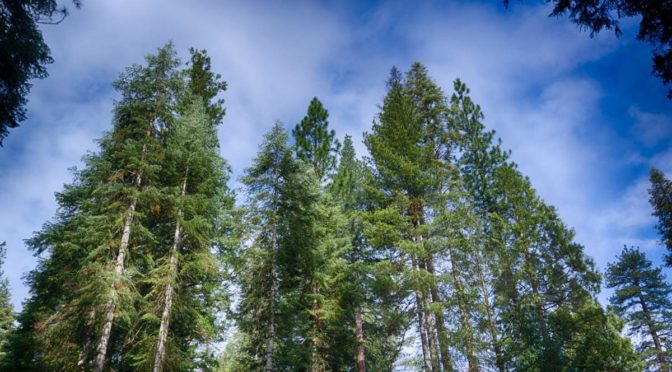
Our civilization
Limiting global warming to below 2°C above compared to preindustrial times requires not only massive near-term greenhouse gas emissions reductions but also the application of “negative emission” techniques that extract already emitted carbon dioxide from the atmosphere called

Antarctica, the southernmost continent, is a vast and virtually uninhabited land of extremes, entirely covered by ice and surrounded by some of the planet’s most treacherous waters. Despite its icy conditions, this frozen wilderness holds the title of the largest desert on Earth due to its minimal precipitation. Its unique environment, harsh climate, and isolated position have fascinated explorers and scientists alike for centuries. From its staggering ice sheets to its remarkable wildlife, Antarctica is a place full of mystery and wonder. Here are some fascinating facts about this extraordinary continent that will give you a deeper insight into the coldest place on the planet.
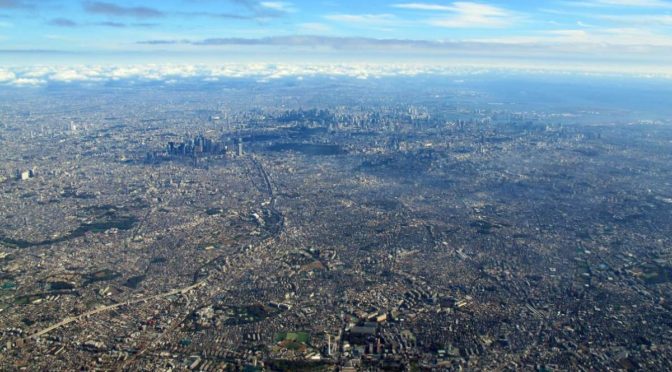
The Earth is getting more crowded every single day. As of 2023, the world population was estimated at 8 billion. Our planet is already overpopulated, and despite the growth of the population slowing down, the situation will be worse: the United Nations estimates it will further increase to 11.2 billion in the year 2100.
Here is a video published by the American Museum of Natural History showing the World’s population through time.